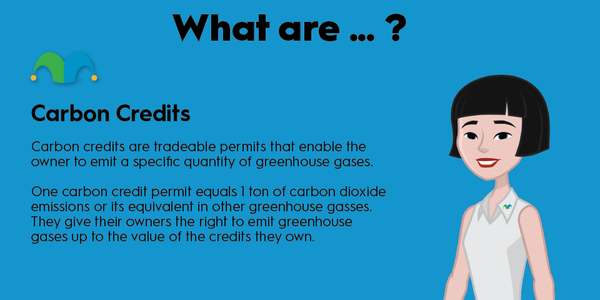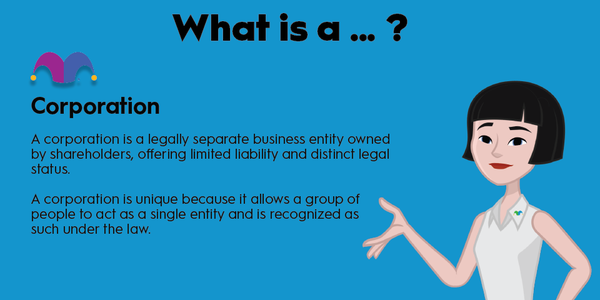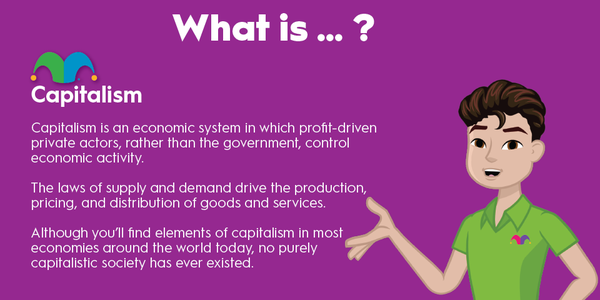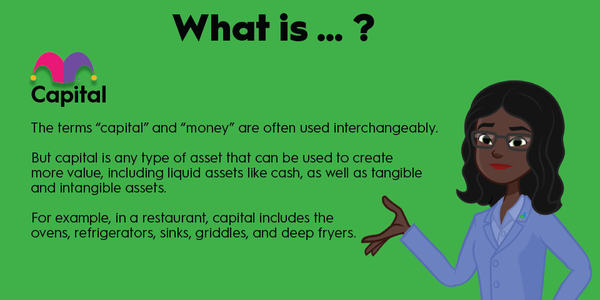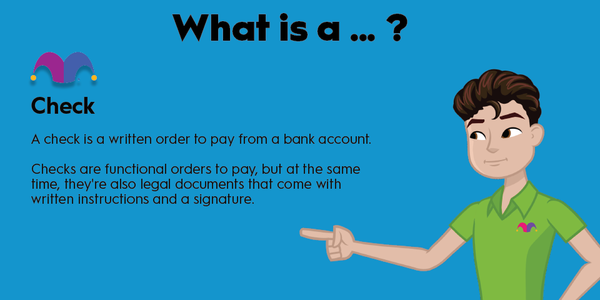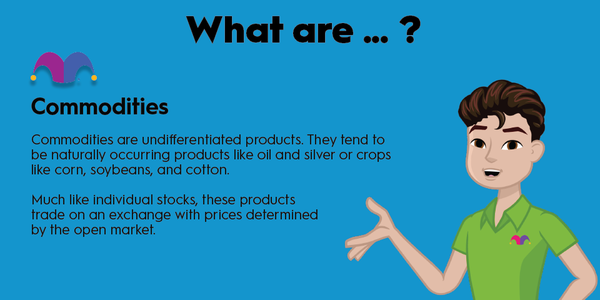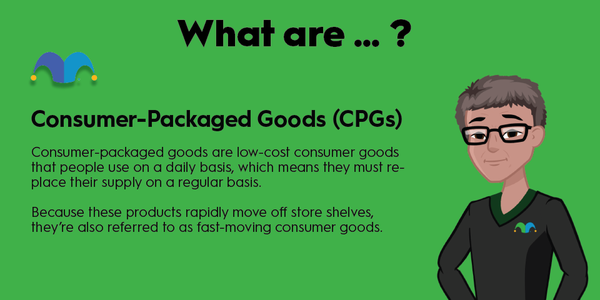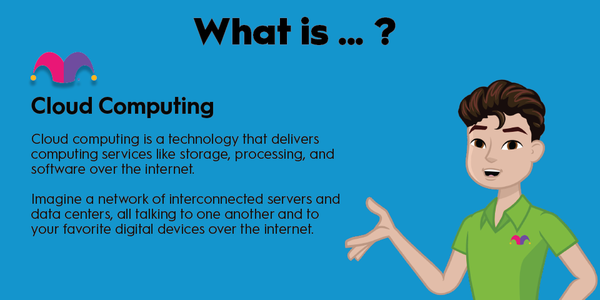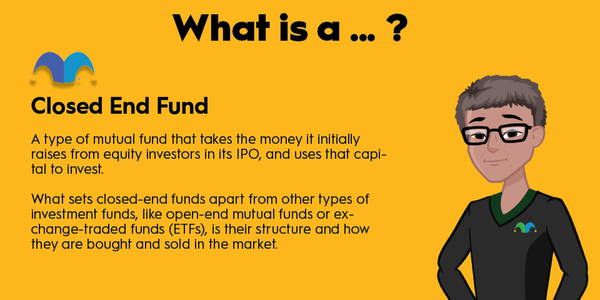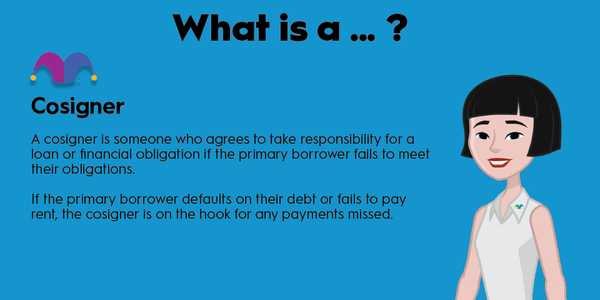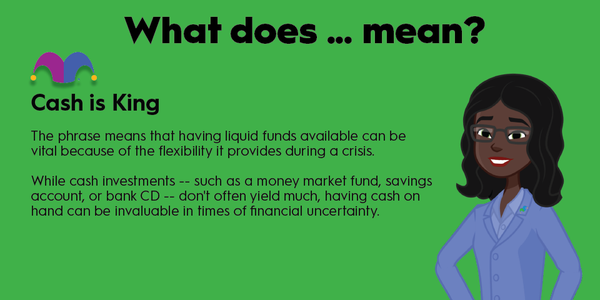Cryptocurrencies and blockchain technology aim to shake up the status quo of money, the finance industry, and the very foundation of how business is conducted. With a decentralized structure and lower fees, crypto could help make the world a more efficient place.
However, lower fees don’t mean no fees at all. Whenever work is being done and money changes hands, someone is being compensated. Enter gas fees.
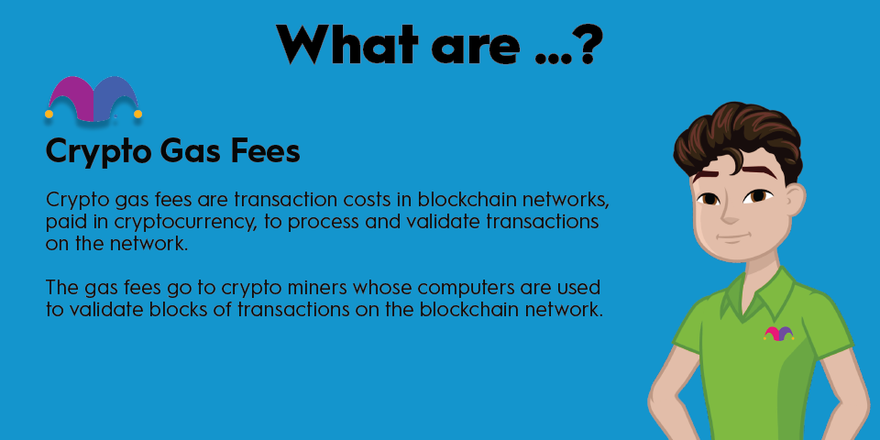
What are crypto gas fees?
What are crypto gas fees?
A gas fee is the term given to transaction fees on the Ethereum (ETH 0.52%) blockchain network. According to Ethereum’s developer pages, gas is “the fuel that allows the [Ethereum network] to operate, in the same way that a car needs gasoline to run.”
Other cryptocurrencies may simply call these transaction fees, miner fees, or something similar. However, since Ethereum is currently the second-largest crypto by market cap, the term “gas” is often applied when referring to the fees involved in executing work on other blockchains.
How gas fees work
How gas fees work
Cryptos such as Ethereum operate on a blockchain, a digital ledger of transactions distributed to a large and decentralized network of computers that manage the blockchain. This is in contrast to cloud computing, which is a centrally managed computing process (usually via a company’s data center). Gas is paid to the decentralized network of computers for performing the work -- in this case, the computing power -- needed to execute and record operations on Ethereum.
The gas fees go to crypto miners whose computers are used to validate blocks of transactions on the Ethereum blockchain network. Gas is paid in Ethereum’s native currency, Ether, which is the actual cryptocurrency that investors trade on a crypto exchange app.
What generates a gas fee?
All transactions carry a variable gas fee that’s based on the size and complexity of the operation. A payment or transfer of Ether from one account to another (for an online purchase, or reimbursing a friend for a payment) is one of the simplest and cheapest transactions. Other operations that generate gas fees include creating a non-fungible token (NFT), or creating and executing a smart contract.
Ethereum is undergoing a switch from a proof-of-work model to a more efficient proof-of-stake model in 2022, an event referred to as “the merge.” Owners of Ether can stake their tokens and earn passive income from gas fees paid from validating transactions on the network.
Why they are necessary
Why are gas fees necessary?
A basic concept in economics is that all work requires compensation. In a blockchain network like Ethereum, computers are using electricity to compute and verify transactions taking place. Electricity -- and the computer that uses it -- costs money. The people who pay for the lights (and the computer) to stay on should be compensated for their efforts to keep the Ethereum network functioning properly and to prevent unauthorized tampering with the blockchain or theft.
Additional information
Ethereum vs. Bitcoin fees
Ethereum gas isn’t the only type of crypto fee. Other blockchain networks also generate fees when work is being computed. Bitcoin (BTC -0.81%), the first cryptocurrency and the largest as measured by market cap, uses the proof-of-work model to create new blocks of transactions on its network.
Bitcoin network fees are often called “transaction fees” or “miner fees.” Miners are the powerful computers set up to verify Bitcoin transactions by solving cryptographic math equations. When one of these equations is solved, the miner is rewarded with new Bitcoin. Proof-of-stake blockchains, such as Solana (SOL -1.32%) and Ethereum’s “merge,” don’t require computing to solve complex problems and use less electricity. As a result, processing these transactions is generally more cost-effective for network participants.
Why Ethereum gas fees are so high
Ethereum gas fees are notoriously expensive, especially in more complex tasks such as minting an NFT or validating transactions on a decentralized application (dApp). Part of this is because of the energy-intensive proof-of-work model Ethereum uses. However, other factors are also at play:
- As with all computing processes, Ethereum has a limit to the number of transactions that can be handled every second. Busy network times can raise the gas fee (when there’s too much demand, Ethereum users can offer a higher “tip” to miners to increase their place in line to have a transaction executed).
- Ethereum has soared in popularity because of its flexibility. As more developers utilize it, gas fees may increase as well.
- The complexity of a transaction can also raise the amount of a fee. In general, a small transfer of Ether is a cheap transaction involving minimal data. By contrast, executing a smart contract as part of a business operation can require recording, storing, and managing large amounts of data, and it will use more gas (and incur a much higher fee).
Reducing gas fees
A lot of effort is going into reducing gas fees to help keep Ethereum network usage competitive and fair for all users. The previously mentioned “merge” and adoption of proof of stake could drastically reduce network gas fees.
“Layer 2” is another solution, which refers to a secondary framework for processing transactions built on top of an existing blockchain. The goal with a layer 2 solution is to increase transaction speed and reduce costs by “rolling up” work before recording it on the primary blockchain. Examples of layer 2 projects include Bitcoin’s “Lightning Network” and Polygon (MATIC -2.16%) and Uniswap (UNI -2.9%) on Ethereum.
Additionally, Ethereum suggests implementing some other basic steps to save on gas costs, such as monitoring the network for lower activity levels before submitting a transaction.
Related investing topics
Gas fees can work in favor of investors
The cryptocurrency industry is new and rapidly developing. That can cause some extreme swings in crypto prices, which is what happened during the crypto plunge of 2022. Although the crypto space can be viewed as highly speculative and should be approached with caution by investors, gas fees offer a reason to keep currencies such as Ethereum on your radar. Owners of Ether can stake their holdings and earn passive income from gas fees.
Granted, that passive income will also be highly variable over time. Reductions in gas fees arising from changes in the blockchain network itself or reduced activity on Ethereum could, in turn, reduce yield, which would spill over into the price of Ethereum itself. Again, exercise caution and make any crypto investment (if you choose to make one at all) part of a diversified portfolio investment strategy including other assets such as stocks and bonds.

